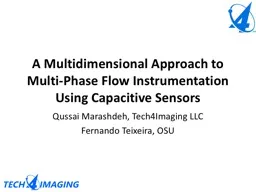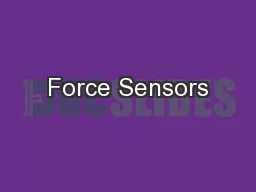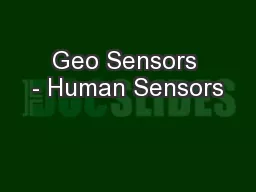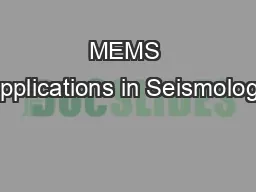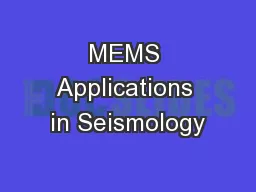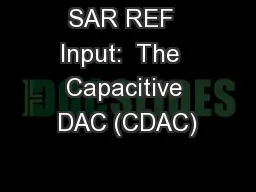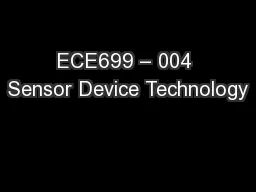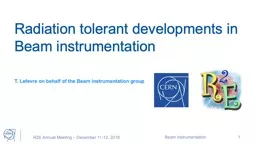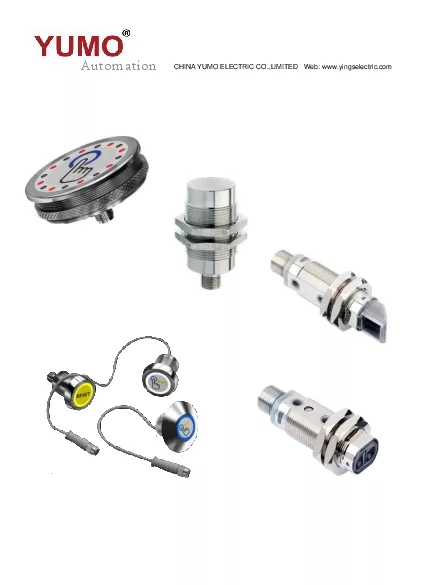PPT-A Multidimensional Approach to Multi-Phase Flow Instrumentation Using Capacitive Sensors
Author : SugarPlum | Published Date : 2022-08-02
Qussai Marashdeh Tech4Imaging LLC Fernando Teixeira OSU ECVT basics Capacitance measuring circuitry Volumetric ie 3D image ECVT sensor Computer for image reconstruction
Presentation Embed Code
Download Presentation
Download Presentation The PPT/PDF document "A Multidimensional Approach to Multi-Pha..." is the property of its rightful owner. Permission is granted to download and print the materials on this website for personal, non-commercial use only, and to display it on your personal computer provided you do not modify the materials and that you retain all copyright notices contained in the materials. By downloading content from our website, you accept the terms of this agreement.
A Multidimensional Approach to Multi-Phase Flow Instrumentation Using Capacitive Sensors: Transcript
Download Rules Of Document
"A Multidimensional Approach to Multi-Phase Flow Instrumentation Using Capacitive Sensors"The content belongs to its owner. You may download and print it for personal use, without modification, and keep all copyright notices. By downloading, you agree to these terms.
Related Documents

